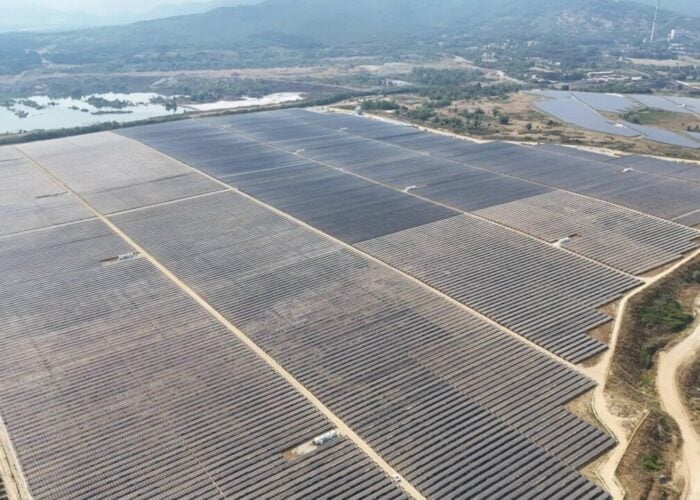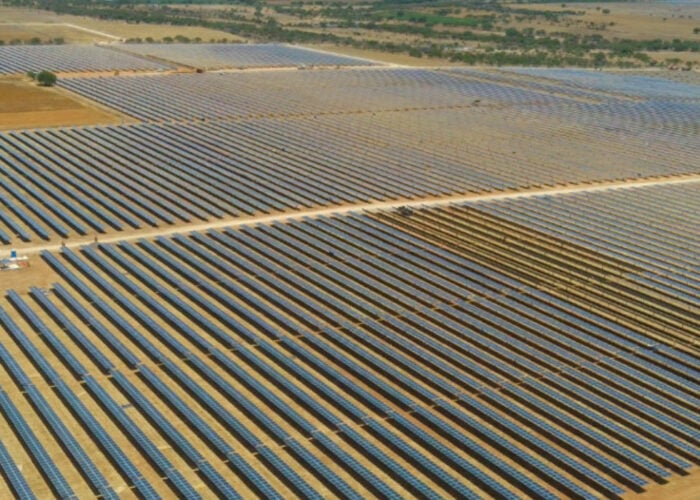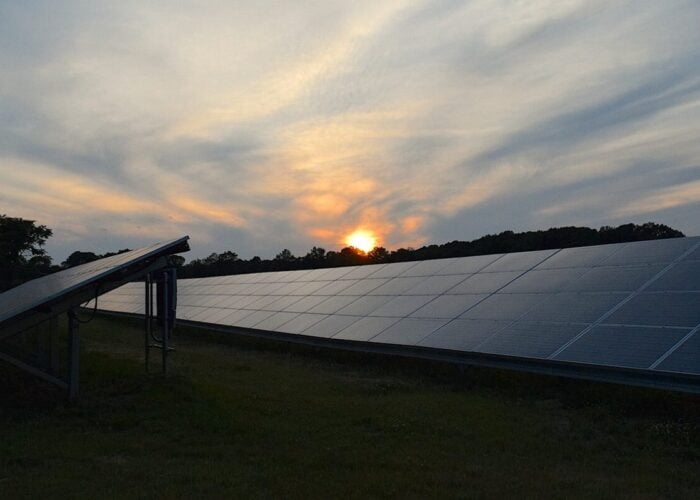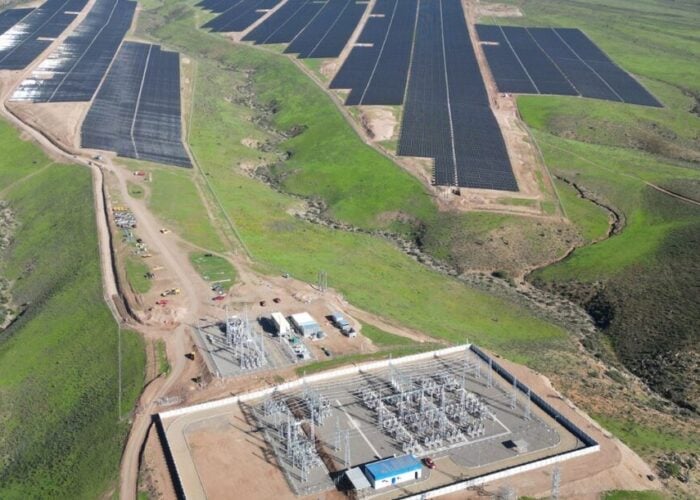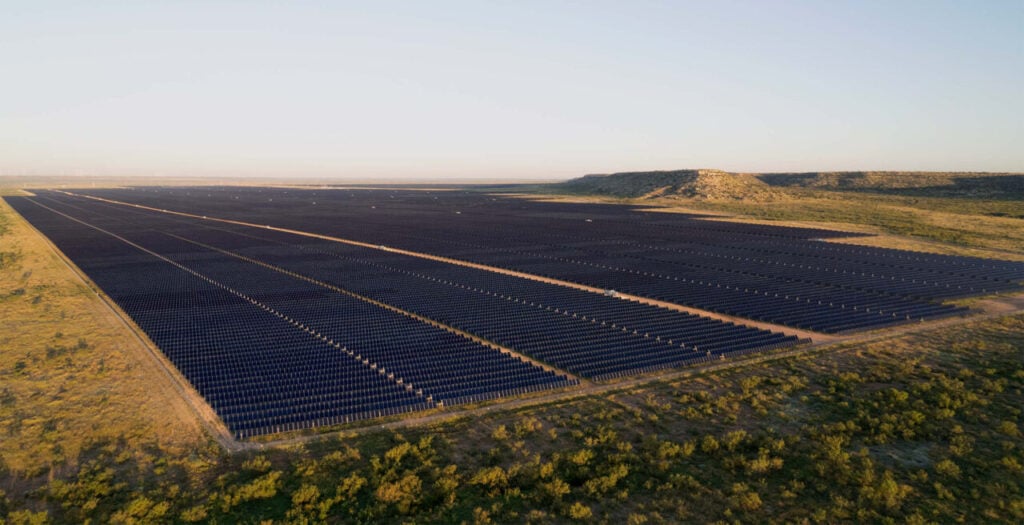
Fluctuations in solar power generation and energy prices in the US during July’s heat dome highlight the need for more nuanced data in project management, and the importance of battery storage projects in balancing the grid.
This is according to data and software provider Solargis, which has published figures charting the impacts of the period in late July that saw temperatures in the north-east, south-east and Midwest exceed 37 degrees Celsius (100 degrees Farenheit).
Try Premium for just $1
- Full premium access for the first month at only $1
- Converts to an annual rate after 30 days unless cancelled
- Cancel anytime during the trial period
Premium Benefits
- Expert industry analysis and interviews
- Digital access to PV Tech Power journal
- Exclusive event discounts
Or get the full Premium subscription right away
Or continue reading this article for free
Figures from the Northeast Regional Climate Center demonstrate the extremity of this anomaly in the north-east, noting that July 2025 was among the hottest months ever recorded for 28 of the 35 “major climate sites” in the region, with Hartford, Connecticut, and Albany, New York, reporting their hottest months since records began.
These extreme weather events can significantly affect the operation of a solar project. While much of the discussion in the US has focused on hailstorms – figures from kWh Analytics show that hail is responsible for over 70% of US solar projects’ financial losses – extremely high temperatures can also pose a threat, as they can lead to module temperature derating, reducing energy output.
Some of the fastest-growing solar sectors in the US are located in the east and Midwest, where the heat dome remained for several days. According to the Solar Energy Industries Association (SEIA), Florida, Illinois, Ohio, New York state and Indiana were all ranked in the top ten for new capacity additions in 2024, and by the end of 2024, both Florida and North Carolina were among the top five states for total cumulative operating capacity.
As a result, the extreme heat had a significant impact on power generation in these areas, affecting power prices and price forecasting for asset managers in these states. Solargis reports that, on 24 June, real-time power prices in the NYISO and MISO grids surged above US$2,000/MWh, more than quadruple the day-ahead prices.
“Traditional day-ahead generation forecast data based on basic solar irradiance and meteorological data are no longer sufficient on their own,” argued Giridaran Srinivasan, Solargis CEO for the Americas. His comments echo words from global Solargis CEO Marcel Suri, who has written for PV Tech in the past about the need to move away from day-ahead power price forecasting in order to improve the accuracy of power price assessments, as climate change increases the frequency of extreme weather events.
“What’s needed is a more integrated view that accounts for not just solar resource variability, but also ambient temperature fluctuations, aging asset performance and the historical patterns of market price volatility,” added Srinivasan.
Texas’ robust storage sector provides resilience
Solargis suggested that variations in power generation and price had a more significant impact on areas that are not “storage-rich regions”, where battery energy storage systems (BESS) can provide grid-balancing services and help mitigate the impacts of extreme weather.
For instance, Midwest state Illinois added the fourth-most solar capacity in 2024, but a report published by the Clean Grid Alliance last year found that the state could require 8.5-15GW of new BESS capacity to effectively manage an energy mix that is increasingly reliant on renewable power. The forecast does not take into account the impacts of extreme weather events, such as the July heat dome.
Solargis pointed to states with more robust storage sectors, such as Texas, as ones well-suited to endure these kinds of climactic disruptions to solar power generation. The company notes that Texas now has nearly 7.5GW of storage capacity in operation, and according to the 2025 Federal Summer Reliability Assessment, the ERCOT grid, which manages 90% of Texas’ electricity, had a risk of declaring an ‘energy emergency event’ of just 3%.
This figure is significantly down from the 15% risk seen in summer 2024, and suggests that more installed storage capacity can provide the flexibility necessary to mitigate the impact of disruptions to the power grid, such as overgeneration of electricity that can cause curtailment, or less generation than expected due to weather impeding the efficacy of solar modules.


